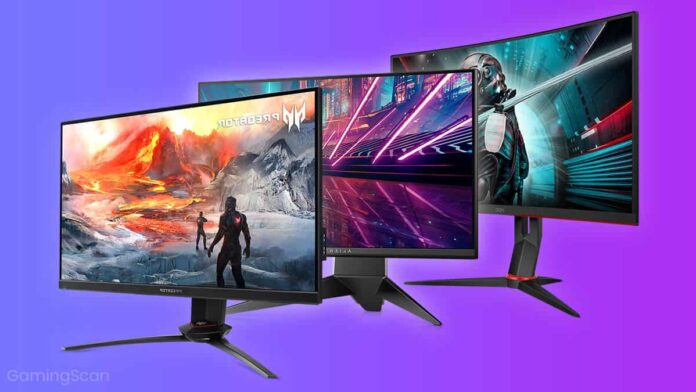IPS (In-Plane Switching) display is a flat panel display technology that offers significant improvements in image quality, color reproduction, and viewing angles over the commonly used Twisted Nematic (TN) and Vertical Alignment (VA) technologies.
IPS panels can be manufactured thinner than their TN or VA counterparts as they don’t require the liquid crystals to twist far off-axis, which means that IPS LCDs typically have more vivid colors and deeper black levels due to greater light transmission through the panel.
IPS displays contain an IPS panel that can be found on high-end monitors like Dell’s UltraSharp series or Apple’s Cinema Display line of screen products. IPS is also known as AH-IPS, HAD-IPS, and e-IPS.
IPS technology has been around for over a decade, with the first IPS panels being used in IBM’s ThinkPad 700 laptop. IPS was originally developed by Hitachi, now sold under LG Displays which is now the largest IPS display manufacturer. IPS can be found on many smartphones including Nokia Lumina models as well as Apple’s iPhone 5.
IPS is also being used on televisions manufactured by LG Electronics and Sony. IPS is also implemented to find use in high-end color-critical work such as photography and graphic design to produce highly accurate images that are superior to those found on TN or VA monitors.
IPS provides better luminous efficiency than its counterpart technologies so it requires less power consumption than other LCD monitor types such as TN or VA while having a wider color gamut with maximum brightness levels of up to 300cd/m2.
IPS also offers true 8-bit color depth whereas TN panels are only 6-bit, with dithering being implemented to produce the colors not available on the panel which is an introduction of artifacts. IPS offers viewing angles that are 160 degrees both horizontally and vertically while most LCD monitors offer around 170 degrees at most, IPS also offers better viewing angles when looking at darker images.

Apple’s IPS displays are known for their deeper black levels compared to TN or VA panels however it isn’t without drawbacks as IPS technology produces more reflections than its counterpart technologies due to a special protective glass reflecting light back through the front filters of the screen.
Although IPS displays offer superior viewing angles compared to IPS, IPS panels also have a weaker contrast ratio and a less saturated color gamut. IPS panels are also more expensive than TN or VA panels which is why IPS LCDs typically cost more money.
Types of IPS Display:
- HAD-IPS (high brightness) IPS,
- AH-IPS (advanced high-performance IPS),
- e-IPS (enhanced IPS)
- PVA-IPS panels.
Each type of IPS display offers different benefits depending on the LCD manufacturing technology used by the manufacturer although all offer superior image quality over standard IPS panels as well as improved viewing angles and bright images about 40% better than that of a TN panel. Samsung is currently the only manufacturer that uses IPS-PVA panels that are found on their Ultra HD televisions.
Market Winners:
In the IPS display market, LG is currently the largest manufacturer of IPS displays producing primarily for use in monitors and high-end televisions including Apple’s IPS product line however Samsung also produces TN LCDs at a competitive price point with no IPS offerings to speak of.
In 2013, In-Plane Switching panel shipments will be approximately 77 million units compared to 8.5 billion TN panel shipments primarily used in home use computer screens and notebooks.

IPS LCDs primarily focus on higher-end applications such as office workstation monitors and color-critical work due to their superior image quality when compared with standard IPS panels which makes IPS LCDs more expensive than other display types. IPS LCDs are also used in IPS-based tablets and smartphones including the iPhone 5’s IPS display.
Apple’s IPS displays were originally produced by LG Display, but Apple had to change IPS panel manufacturers due to supply issues which ended with Samsung providing IPS panels for Apple products.
IPS production was started at the end of 2008 ending a 6-year non-IPS-related relationship between Apple and Samsung. IPS technology has been around for many years with only Sony, HP, Dell, and Lenovo offering IPS LCD monitors up until 2008 with most IPS LCDs being made by NEC outside of Japan.
IPS panels are also used on IPS-based tablets and smartphones with IPS technology being far more widespread in the overall industry.
This post was originally published on 16, December 2021, but according to new information stuff, this post is updated frequently.
Editor Recommendation:
>What is 4K (Ultra HD)? Explained
>What is Two-Factor Authentication (2FA)? Explained

